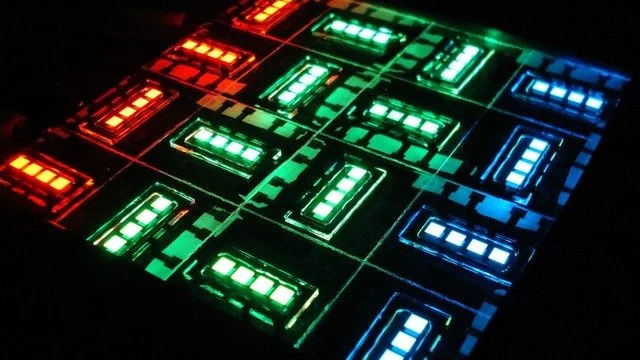Today, two new trends are emerging in the field of computing: quantum and neuromorphic. These may seem like two different paths, but at the intersection of these fields computing solutions so powerful can emerge that everything will seem like child’s play. After all, it was not for nothing that there were suspicions that a person’s mental activity is accompanied by quantum effects, which forces scientists to look for new types of memory with quantum phenomena.
An international group of scientists from Germany, China and Chile has proposed a memcapacitor version of the long-proposed memory. Memcapacitors were proposed along with memristors and meminductors by theorists more than 50 years ago. In principle, any material with nonlinear properties (having a hysteresis loop) can be a memory for electronic devices. In a new article published in the journal the other day Communication MaterialsThe researchers explained how they searched for the connection between electronic signals and quantum effects and how the memcapacitor helped them in this regard.
Memcapacitors allow memorization of information by coupling voltage and charge (e.g. memories connect current and voltage). It remains to connect all this to “scary” quantum states, so that the quantum memory cell can be written and read without being destroyed, and also that quantum effects, including entanglement, can in principle occur and be observed in such a macrosystem. (measured).
As a means for the quantum element of memory, scientists have proposed microwave radiation. The memory element itself consists of two interconnected oscillatory circuits, one main and the other auxiliary, and is introduced to stabilize the operation of the main circuit thanks to the feedback regulated by it. An element called a SQUID element or superconducting magnetometer (interferometer) is connected to the main circuit. The SQUID is affected by microwave radiation, the intensity of which depends on measurements in the auxiliary circuit and controls the state of the memory cell. The element presented due to feedback indicates the stability of the process and, as experiments show, this is accompanied by quantum effects, including the phenomenon of entanglement.
This device works with the classical input at one resonator while simultaneously reading the response at the other, serving as a fundamental building block for creating arrays of microwave quantum storage devices. We observed that the bidirectional circuit can preserve memory properties and exhibit entanglement and quantum correlations. “Our results pave the way for the experimental realization of superconducting quantum devices with high memory capacity and device arrays for neuromorphic quantum computing.” – researchers explained in their study.













